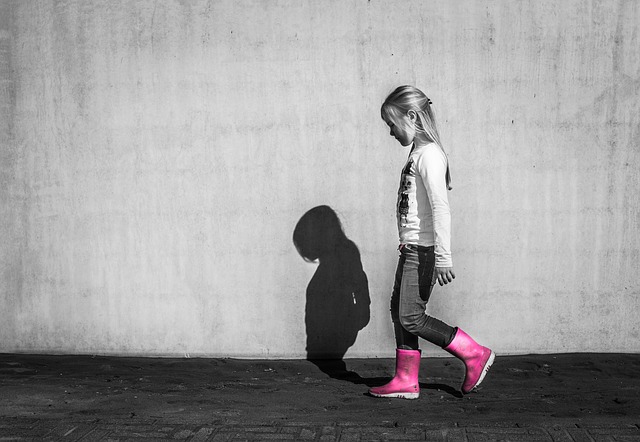Diana Winston in her meditation podcast, Working with Pain, offers some suggestions on how meditation can be used to alleviate and/or manage pain better. She highlights the fact that along with pain are the stories that we tell ourselves about the pain we are experiencing, e.g. “This pain will never go way.”, This is ruining my life.”, “I cannot cope with this pain.” Diana suggests that the stories aggravate the suffering we experience with pain and only serve to amplify the pain through their negativity.
Pain and suffering are part of being human as we are reminded by the Buddhist tradition. Diana quotes the often repeated saying, “Pain is inevitable, suffering is optional”, to remind us that we have choices in how we deal with pain. So, we are left with the challenge of managing the pain that occurs at different points of our life, whether the pain of loss or physical pain in some part or all of our body. Dealing with chronic pain through mindfulness has been the focus of a lot of the pioneering work of Jon Kabat-Zinn.
Meditation for working with pain
Diana provides a meditation exercise for working with pain in her podcast mentioned above. The meditation practice involves several discrete steps and is about 20 minutes in length:
1. Grounding – feet on the ground, arms relaxed on your lap or beside you (h0wever is comfortable), eyes closed or looking downwards, a few deep breaths to relax your body.
2. Focus on your breathing – focus your attention on wherever you can feel your breathing in your body (nose, mouth, chest, stomach). Don’t try to control you breathing but just notice it, e.g. the undulations of your stomach. Get in touch with your in-breath and out-breath and the space between. You can rest in the space.
3. Body scan – explore your body with your attention, noting as you progress from your head to your toes any points of tightness, tingling or other sensation. Just notice as your attention moves over your body and let go as you experience the sensation. (The art of noticing is integral to mindfulness practice.)
4. Refocus on your breathing – now return to mindful breathing (3 above). Spend a reasonable amount of time resting in this focus – about 10 minutes say.
5. Focus on a relaxed part of your body – the aim is to locate in your body a part (e.g. arm, leg, chest) that feels secure, relaxed, at peace and pain-free. Rest for a time in this relaxed part of your body to enable the sensation of peace and calm to spread through your body.
6. Focus on your pain – now focus on that part of your body where you are experiencing the ongoing pain. Feel the sensation of the pain and describe the sensation to yourself. Now focus on the stories you have developed around the pain and let them go – they are fabrications created by your fight/flight response. If you can, bring your focus to a point outside the area of pain as a prelude to completing the next step.
7. Re-focus on the relaxed part of your body – experience the restfulness here.
8. Re-focus on your breathing – gradually bring your attention back to your breathing. After a time of mindful breathing, resume your daily activity.
As we grow in mindfulness though meditation, we can learn ways to reduce pain or better manage pain so that we can function normally. It is important to master our stories that aggravate our suffering from pain.
By Ron Passfield – Copyright (Creative Commons license, Attribution–Non Commercial–No Derivatives)
Image source: courtesy of dimitrisvetsikas1969 on Pixabay
Disclosure: If you purchase a product through this site, I may earn a commission which will help to pay for the site, the associated Meetup group and the resources to support the blog.









